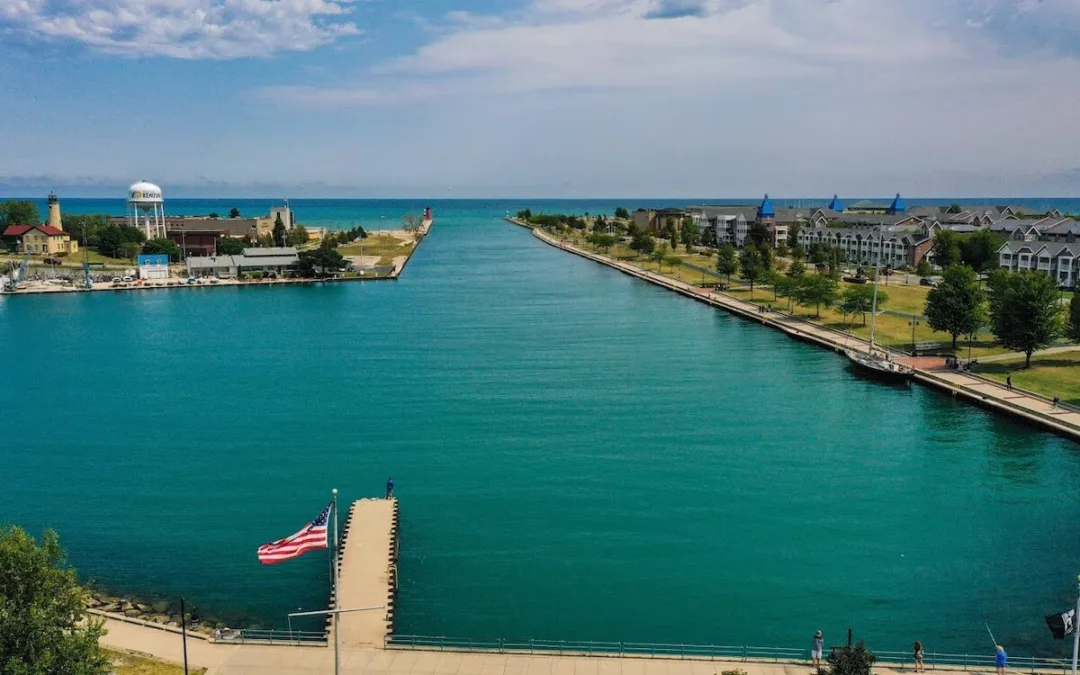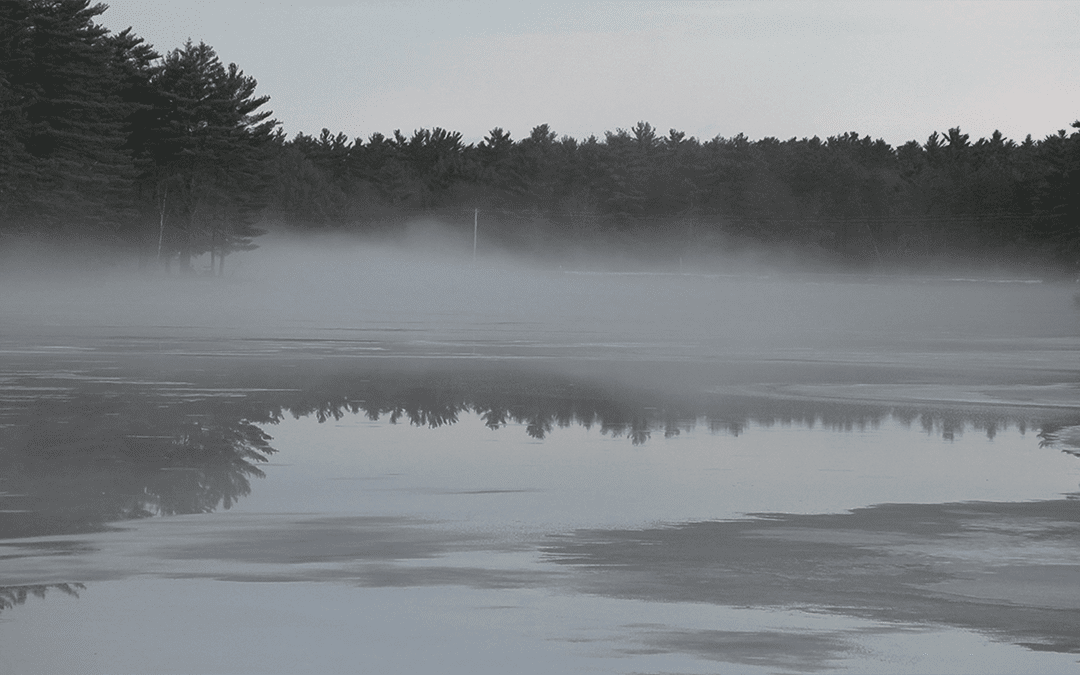
#image_title
#image_title
$10 million might pass this year, but total solutions easily pass $1 billion
Forest Jahnke lives on the same plot of land where he was born 30 years ago in Crawford County.
His family is one of six that share the same private well. He tests the water regularly. So far, they do not need filters on their kitchen faucets.
“I drink straight out of the spring bubbling up from the ground,” said Jahnke, the program coordinator for the non-profit Crawford Stewardship Project. “I have my whole life.”
He knows others across Wisconsin are not as fortunate.
To date, more than 42,000 homes with private wells contain water with nitrate levels exceeding health standards in Wisconsin, according to a 2019 report by a committee of the Wisconsin Department of Natural Resources. Elevated levels of nitrate can be caused by fertilizer from farms and lawns as well as wastewater and animal waste. The department estimates it would cost half a billion dollars to replace those affected wells.

Other Wisconsin residents face elevated lead levels in their water. Replacing the state’s lead service lines would cost more than a billion dollars, according to a 2013 estimate by the U.S. Environmental Protection Agency. Gov. Tony Evers’ last budget proposal included $40 million in bonding to replace 9 percent of the lead service lines. It did not pass the Republican-controlled Legislature.
That brings the cost to begin treating the state’s lead and nitrate issues alone to more than $1.5 billion, which does not include an estimate to also tackle areas contaminated by PFAS, or forever chemicals, said Rep. Katrina Shankland, D-Stevens Point.
Assembly Speaker Robin Vos’ water quality task force released its much-anticipated list of recommendations to address the state’s growing dirty water problem last Wednesday. The recommendations included a $10 million investment this budget cycle.
Many, including Jahnke, see the financial investment as a drop in the bucket.
“The state needs to put its money where its mouth is and unfortunately that is not what we are seeing,” said Jahnke, who spoke at two of the 14 public hearing the task force held across the state. “The $10 million figure is certainly disappointing.”
Shankland, co-chair of the task force, said the current lack of funding is a legitimate concern.
To that end, she said she plans to introduce a separate bill this week that creates a clean water fund. The fund would require a set amount of money to be allocated to the fund each budget. Members of the budget writing Joint Finance Committee would decide how to spend the money.
“We need a serious financial commitment to address these issues and to do that we need long-term, consistent funding,” she said.
Marty and Arnie Wilke moved from Wauwatosa to their cabin on Spring Lake in Waushara County five years ago. Even before making the cabin their permanent home they started to hear stories about water issues.
The number of high capacity wells, commonly used by large farms, were increasing in number, consequently draining water from lakes and rivers, Marty Wilke said.
“The big canary in the coal mine was when the Little Plover River started drying up during parts of the year,” said Wilke, a member and membership committee chair of the Central Sands Water Action Coalition who testified at the task force public hearing in Stevens Point. “That’s when people really started paying attention.”
The Little Plover River is a class one trout stream. When it started drying up, so did reaction and tourism dollars brought in by trout fishermen. More and more people started to complain and take notice, she said.
“Four or five years ago we started going to Madison to talk to lawmakers about what we were seeing in Waushara County,” she said. “We got push back. They were dismissive. They told us they had other issues to deal with besides what they saw as a Central Sands issue.”
Both Jahnke and Wilke said the task force proposals to increase funding for county conservation officers and the changes to the state’s nitrate contamination grant program are positive first steps.
Currently, the state spends $9 million annually to fund one or two county conservation officers in each of the state’s 72 counties. The proposal increases funding to $12.4 million. County conservationists are often referred to as the “boots on the ground,” or the direct point of contact between farmers and the county.
They are tasked with preventing soil erosion and nutrient runoff by working with farmers to, among other things, apply for grants or other financial assistance to create land management plans.
“Everyone appreciates that farmers are in a tight spot right now,” Wilke said. “Helping them get funding is really going to open the doors for them.”
The suggested changes to the state’s well contamination grant program would allow property owners who do not own livestock but have contaminated well water to apply for grants. Right now, only farmers with livestock can apply.
As for the state’s $10 million investment, Wilke said more needs to be done but at least state lawmakers are no longer dismissing the fact there is a water problem.
“It is a good first step,” she said. “Now we will wait and see what gets watered down before the bills pass and what portions of the bills survive.”
Politics

Biden makes 4 million more workers eligible for overtime pay
The Biden administration announced a new rule Tuesday to expand overtime pay for around 4 million lower-paid salaried employees nationwide. The...

Biden administration bans noncompete clauses for workers
The Federal Trade Commission (FTC) voted on Tuesday to ban noncompete agreements—those pesky clauses that employers often force their workers to...
Local News

Readers Poll: Top Bowling Alleys in Wisconsin
Looking for the best bowling in Wisconsin? Look no further! Our readers have spoken in our recent poll, and we have the inside scoop on the top...

8 Wisconsin restaurants Top Chef judges are raving about
Top Chef’s 21st season is all about Wisconsin, and on-screen, it’s already apparent that the judges feel right at home here. But, while filming in...



